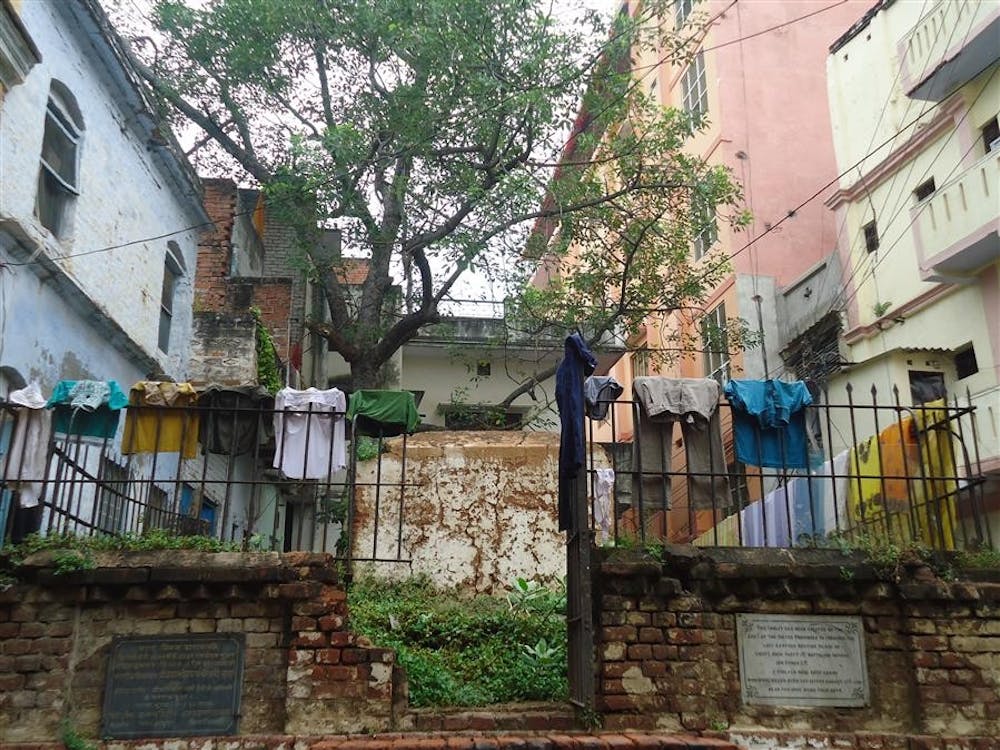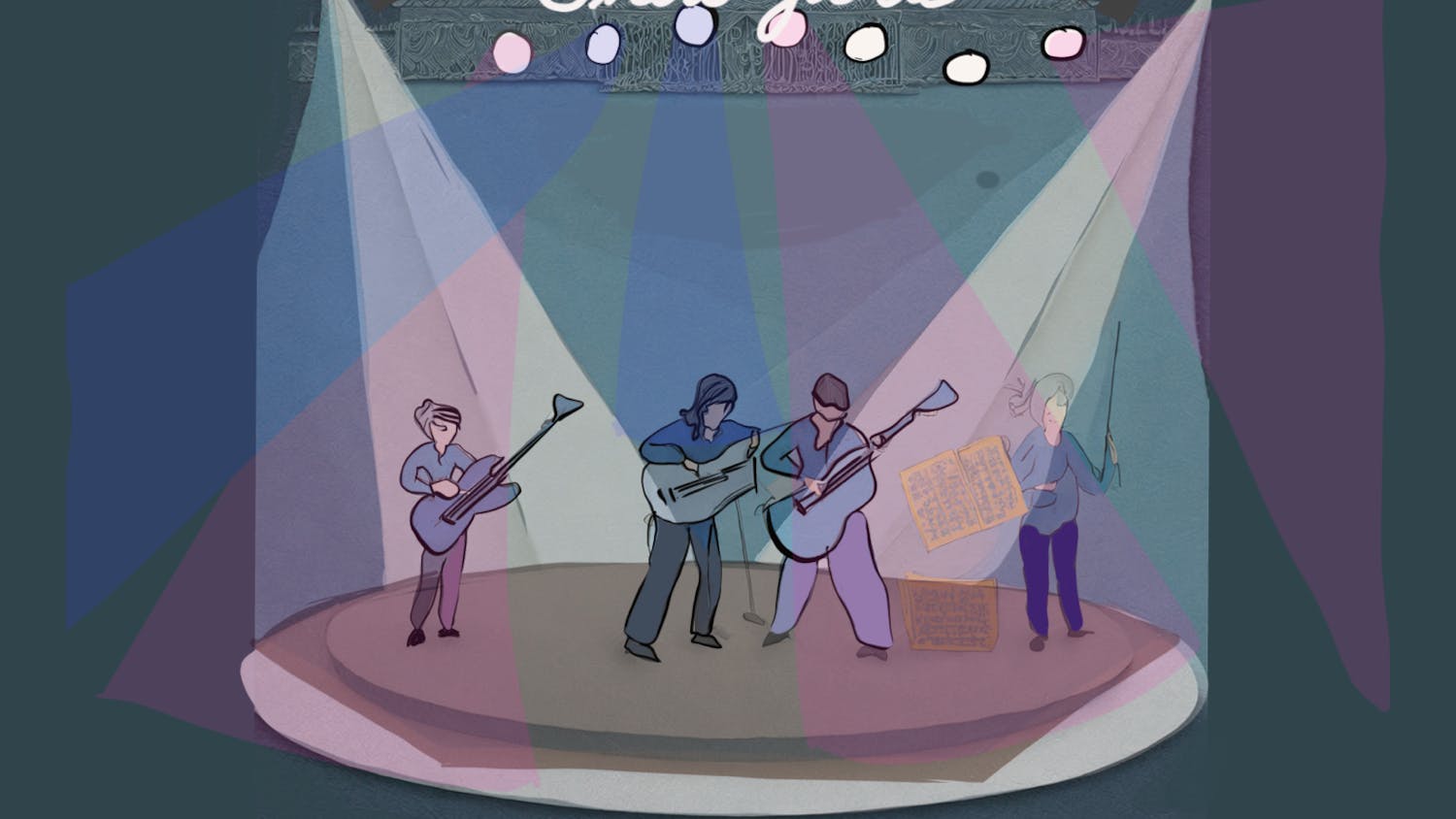It’s incredible how close one can get to historically significant monuments and sites in India.
Sure, the most popular sites like the Taj Mahal are well-protected and
maintained.
But there are exponentially more small places left behind to face the elements and human mischief on their own.
As a tourist, it’s great to have the freedom to interact with different ruins for a minimum price and with minimum interference.
Not all visitors are respectful of history, though. At the beginning of my time in Hyderabad, my program visited the Qutub Shahi Tombs.
The tombs and nearby mosques were often covered with graffiti on the inside.
During a trip to Varanasi this past weekend, there were many beautiful but crumbling structures to see during a guided walking tour.
I assumed this was because it is both the oldest city in India and one of the oldest in the world.
In reality, most buildings and temples in Varanasi are only a few hundred years old.
Emperors ordered the destruction of Hindu temples and other important religious sites no less than three times.
A walking tour of the city revealed the grave of a British officer nestled between urban buildings.
The small, gated patch of grass was in good enough condition, but laundry from the surrounding residences hung on its fence to dry.
Our tour guide said the problem is a lack of feeling of ownership for the
monuments.
I suppose it’s understandable. Why would an average citizen care about the final resting place of a foreign officer they never met who died 150 years earlier?
Centuries before Portuguese and British colonization, Mughals, Muslims and Aryans, among others, invaded India.
While they were sometimes a destructive force, as with Varanasi, many invaders left behind impressive architectural contributions.
The forts and tombs in Delhi and Agra are a testament to beautiful Mughal architecture.
One of the best-preserved sites we saw during the trip was Qutub Minar and its surrounding monuments in Delhi.
Both the minar and mosques have been damaged and reconstructed several times.
The entrance is gated, there is tight security and there is no graffiti to be found.
It’s no coincidence that Qutub Minar is a UNESCO World Heritage Site.
Yet another tour guide said UNESCO has jurisdiction over everything from ticket pricing to whether or not tourists can go inside the minar, or tower.
Currently no one is allowed inside the minar, but he said it will be open next year — with a coinciding increase to the entry fee.
The deteriorating state of many monuments is so different from what seems like a never-ending process that some European nations go through to restore cathedrals and castles.
Nonetheless, it’s a beautiful but surreal feeling to explore historical relics without a guard yelling about keeping off the grass.
— kmthacke@indiana.edu
Follow columnist Kate Thacker on Twitter @katelynthacker.
Column: Politics of preservation

Get stories like this in your inbox
Subscribe



